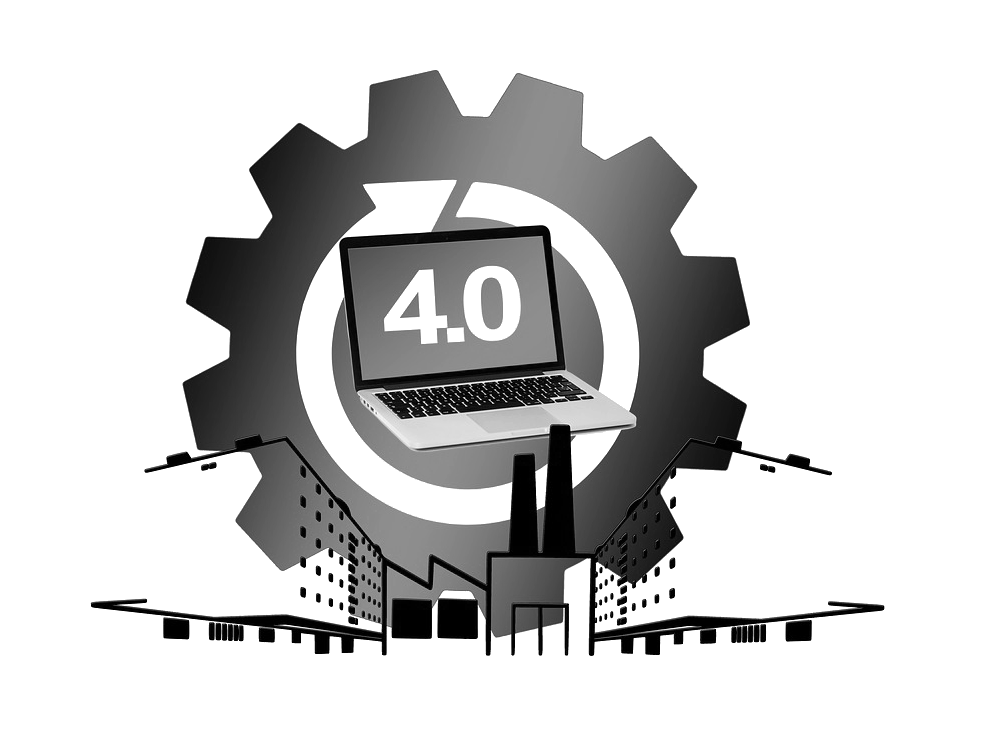- FMA
- The Fabricator
- FABTECH
- Canadian Metalworking
Our Publications
Categories
- Additive Manufacturing
- Aluminum Welding
- Arc Welding
- Assembly and Joining
- Automation and Robotics
- Bending and Forming
- Consumables
- Cutting and Weld Prep
- Electric Vehicles
- En Español
- Finishing
- Hydroforming
- Laser Cutting
- Laser Welding
- Machining
- Manufacturing Software
- Materials Handling
- Metals/Materials
- Oxyfuel Cutting
- Plasma Cutting
- Power Tools
- Punching and Other Holemaking
- Roll Forming
- Safety
- Sawing
- Shearing
- Shop Management
- Testing and Measuring
- Tube and Pipe Fabrication
- Tube and Pipe Production
- Waterjet Cutting
Industry Directory
Webcasts
Podcasts
FAB 40
Advertise
Subscribe
Account Login
Search
Additive manufacturing: leading the industry 4.0 revolution
Additive opportunities come alive with digitization of post-processing—the third step of the manufacturing process
- November 20, 2018
They say study the past to know the future. In the migration from subtractive manufacturing to additive, we may be following the existing paradigm too closely.
Both subtractive and additive manufacturing span a three-step process: part design, part build and the post-processing of the part to make it viable or customer-ready. There is a commonality of approach across the three steps for both subtractive and additive. Parts are designed using CAD systems. Those digital files are used to drive the build approach—to design tooling for a traditional (e.g., injection molding) build or to drive the printer in an additive build. Then, regardless of whether the operation is subtractive or additive, manual or mechanical solutions are generally used for post-processing.
And that’s a bridge too far. The power of industry 4.0 rests not with the automation of individual steps in a process, but with the connective interplay across systems. In manufacturing 4.0, it is not just the gathering of data that is important, it is the connecting of data across smart systems that is transformative. Connected data shifts the factory floor from “merely” better-informed technicians reacting to fresh data (the current step change) to better-informed machines making anticipatory changes based on data long before a technician gets involved. And that’s where additive manufacturing has the opportunity to not just radically distance itself from subtractive, but to also lead the 4.0 revolution.
Today, in both subtractive and additive, the first two steps (design and build) share a common digital thread. CAD files used in design help drive the manufacturing solution, whether it’s a traditional subtractive method or a 3D printer, to build the part. In both cases, the digital thread snaps at post-processing. In subtractive, that’s state of the art. In additive, it’s the tip of the iceberg. The additive opportunity comes alive with the digitization of the third and final step.
When you automate the third step you enjoy three immediate benefits. First, unparalleled consistency in the removal of supports and surface finish on the thin walls, complex geometries, internal channels and fine feature details unique to 3D printing. Second, faster throughput in processing these complex parts. And third, increased productivity underpinning a rapid ROI on automated post-processing solutions. There are important ancillary benefits as well, from radical reductions in technician attendance time to replicable processing.
But beyond automating—digitizing—the third step transforms the entirety of additive manufacturing. It creates an end-to-end solution in which the digital files used in design and build now feed the automation in the third and final step: post-processing. Moreover, it creates a closed-loop solution in which data from post-processing can be used to feed design and build iterations in real time.
PostProcess Technologies Inc., Buffalo, N.Y., offers hardware, software, and finishing products for post-processing 3D-printed parts. 866-430-5354.About the Publication
- Podcasting
- Podcast:
- The Fabricator Podcast
- Published:
- 04/16/2024
- Running Time:
- 63:29
In this episode of The Fabricator Podcast, Caleb Chamberlain, co-founder and CEO of OSH Cut, discusses his company’s...
- Trending Articles
- Industry Events
16th Annual Safety Conference
- April 30 - May 1, 2024
- Elgin,
Pipe and Tube Conference
- May 21 - 22, 2024
- Omaha, NE
World-Class Roll Forming Workshop
- June 5 - 6, 2024
- Louisville, KY
Advanced Laser Application Workshop
- June 25 - 27, 2024
- Novi, MI




























